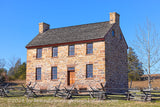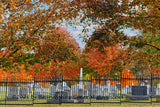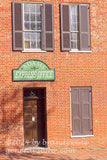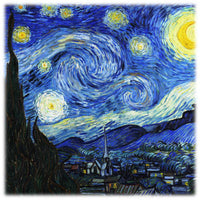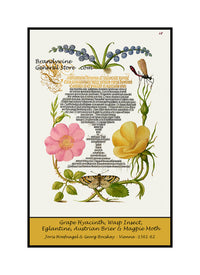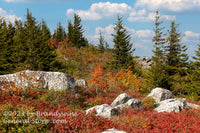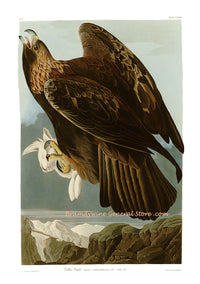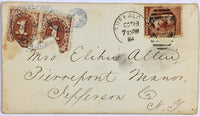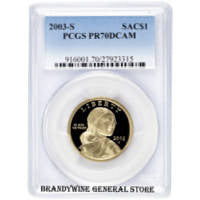Blue Green Warbler by John James Audubon
An archival premium Quality art Print of the Blue Green Warbler by John James Audubon for sale by Brandywine General Store. The picture features a single male specimen of the small songbird, setting in a Spanish Mulberry Bush which is full or red and pink berries. This little warbler is about the same color as its surroundings. The Spanish Mulberry was described as a herbaceous perennial plant, attaining a height of from four to eight feet, the fruit is eaten by children but is insipid and this example was found in Louisiana. Mr. Audubon drew this print for his great ornithology book, The Birds of America published in the 1830s. This small bird was plate or picture number 49 in the 1st Havell edition. Sylvia Rara - The Blue Green Warbler was described in the book thus "On its passage through the States, it is found in Louisiana, where it appears in the beginning of April. This lateness of its arrival indicates its coming from a great distance, most of the other species appearing several weeks earlier. They seem to disperse soon after, as on their first appearance several may be procured in one day, as well a during their equally short stay in autumn, when again, I have shot six or seven from a single tree, on which they appeared a busily engaged as so many Titmice. I have met with them singly and far apart in Kentucky, in Ohio, upon the Missouri, and along Lake Erie, but I have never found their nest. In spring it has a soft and mellow song, which is not heard beyond the distance of a few paces. It is performed at intervals between the times at which the bird secures an insect, which it does with great expertness, either on wing, or amongst the leaves of the trees and bushes. The tops of trees, however, appear to please them best, the reverse being the case with the Azure Warbler. The Blue-green Warbler has a peculiar cunning manner of leaning downwards to view a person, or while searching for an insect, and which is very different from that of any other bird, although I am unable to describe it. While thus leaning, it moves its head sidewise so very slowly that the motion is hardly perceptible, unless much attention is paid to it. After this, it either starts off and flies to some distance from the observer, or darts toward the prey that had attracted its notice. While catching an insect on the wing, it produces a slight clicking sound with its bill, and in this respect approaches the Vireos. Like some to them also, it descends from the highest tips of the trees to low bushes, and eats small berries, particularly towards autumn, when insects begin to fail..." Audubon bird print #49



